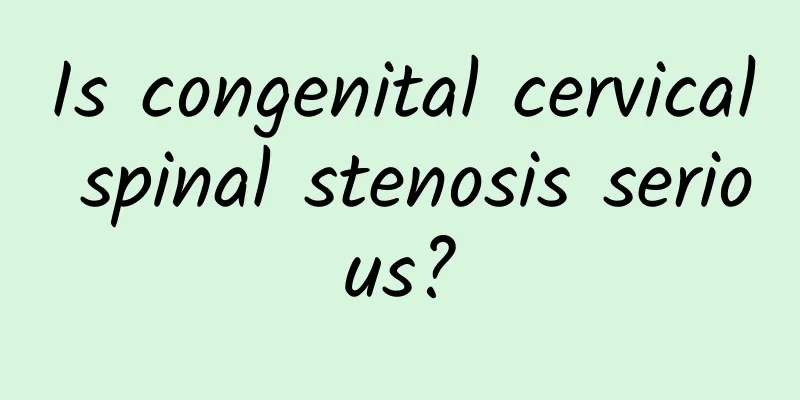What are the causes of cervical spondylosis?

|
Cervical spondylosis is mainly caused by degenerative lesions of the cervical spine. Degenerative lesions refer to the damage to the structures of the cervical spine and the decline in function caused by aging and chronic strain of the neck. This is the main cause of cervical spondylosis. Other causes such as chronic strain, developmental spinal stenosis of the cervical spine, trauma, etc. can also cause cervical spondylosis. People with cervical spondylosis should pay attention to rest, develop good posture, keep the neck warm, and avoid cold. Symptomatic treatment can be achieved with anti-inflammatory and analgesic drugs, nerve nutrition drugs, physical therapy, functional exercise and other methods. If the symptoms are more severe, there are symptoms of spinal cord or nerve compression, and conservative treatment is ineffective, surgical treatment can also be used. What are the symptoms of cervical spondylosis The symptoms of cervical spondylosis mainly include tightness and discomfort in the neck, pain, and difficulty turning. Vertebral artery type cervical spondylosis can also cause dizziness, headaches, and other symptoms. Nerve root type cervical spondylosis can also cause numbness of the upper limbs. If it is a sympathetic nerve type, symptoms such as palpitations and chest tightness can also occur. Spinal cord type cervical spondylosis can also cause numbness of the lower limbs and progressive activity disorders. It is recommended to avoid long-term flexion of the cervical spine and keep the neck warm. You can do some cervical spine exercises. What tests should be done for cervical spondylosis Cervical spondylosis can be diagnosed through physical examination, imaging examination, etc. Physical examination requires medical methods to make a general judgment on the condition, such as intervertebral foraminal compression test, brachial plexus traction test, etc. Imaging examinations, such as X-rays, CT, magnetic resonance imaging, etc., can be used to observe the condition of soft tissue lesions such as bones and spinal cord. People with cervical spondylosis should pay attention to rest and develop good posture; avoid bending over the desk and lowering the head for a long time, and move the neck appropriately after sitting for a long time, so as to relax the neck muscles. Use a suitable pillow when sleeping, which is conducive to maintaining the normal physiological curvature of the cervical spine. These methods can also play a certain role in improving the symptoms of cervical spondylosis. |
<<: How to exercise after lumbar disc herniation
>>: Cost of urinary stone treatment
Recommend
Symptoms of neonatal tenosynovitis
Neonatal tenosynovitis usually manifests as diffi...
Is breast cystic hyperplasia cancer?
Breast cystic hyperplasia is usually not cancer, ...
Can gynecological tumors cause pleural effusion?
Gynecologic tumors may cause pleural effusions, e...
What are the early symptoms of cervical lymphadenopathy?
In the early stages of cervical lymph tuberculosi...
What to do with ulcerative proctitis
How to treat ulcerative proctitis? 1. For a commo...
What are the folk remedies for breast cysts?
Breast cysts are a common breast problem in women...
What causes osteoporosis?
Osteoporosis refers to a decrease in bone mass an...
What are the causes of high incidence of gallstones in women?
The main reason for the high incidence of gallsto...
Which is more serious, perianal abscess or anal fistula?
Perianal abscess and anal fistula are both common...
Daily diet for perianal abscess
The daily diet of patients with perianal abscess ...
Who is prone to gallstones? Women
Women are at higher risk of developing gallstones...
How do multiple gallstones form?
Multiple gallstones are often caused by a combina...
How are filled gallstones formed?
The main causes of full gallstones include geneti...
What causes gallstones?
The causes of gallstones mainly include genetic f...
How long does it take for a 10 cm high perianal abscess to heal?
It usually takes 2 to 3 weeks for a high perianal...









